The healthcare industry is changing fast, thanks to medical robotics. This technology has made surgeries better, with doctors now able to do complex operations with more skill. This means patients get better care, heal faster, and face fewer complications after surgery.
Healthcare robotics has made a big difference in how we care for patients. It has cut down on blood loss, pain, and recovery time. As we keep improving, we’ll see even more ways medical robotics can help patients.
As medical robotics keeps getting better, so will patient care. We’ll look at how medical robotics works in healthcare. We’ll see the good it does and how it’s changing the game for patients.
Key Takeaways
- Medical robotics has improved the accuracy and efficiency of surgical procedures.
- Robotic technology in medicine enables healthcare professionals to perform complex surgeries with enhanced precision and dexterity.
- Healthcare robotics reduces recovery time and minimizes post-operative complications.
- Medical robotics leads to reduced blood loss and less post-operative pain.
- The integration of medical robotics and robotic technology in medicine enhances patient outcomes.
- Medical robotics has the potential to transform the healthcare industry, providing innovative solutions for patient care.
Understanding Modern Medical Robotics Systems
Exploring medical robotics, we find key parts that make these systems work. They include advanced robotic arms, high-definition cameras, and smart software. These tools help in doing surgical robots procedures with great care and less invasion. AI and machine learning add to these robots’ skills, allowing them to analyze data and make smart choices in robot-assisted surgery.
The introduction of robotic surgery systems has changed medicine a lot. Doctors can now do complex tasks with more accuracy and precision. Thanks to AI in medical robotics, doctors can look at lots of data, spot patterns, and make better choices to help patients.
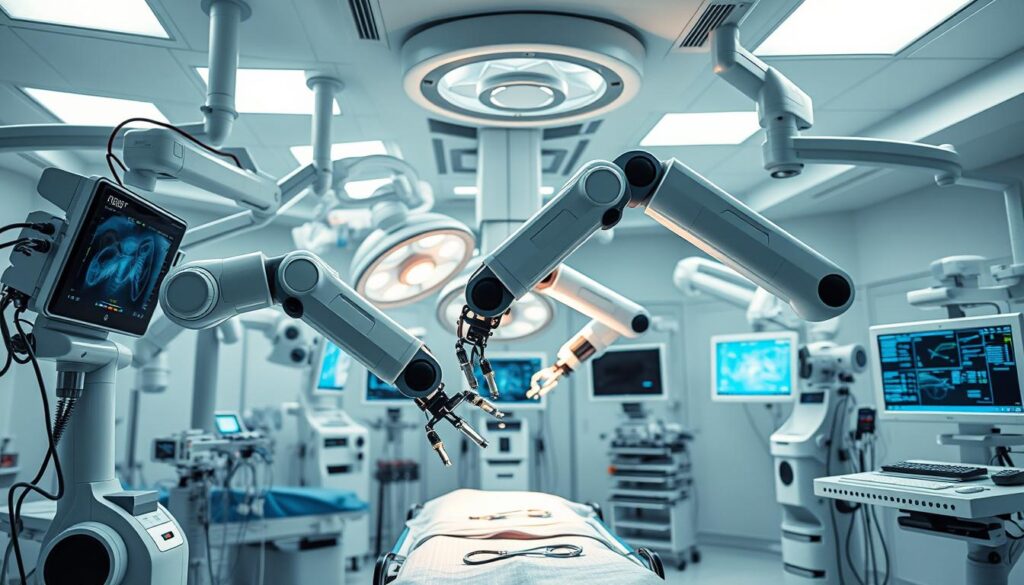
- Improved accuracy and precision in surgical procedures
- Enhanced patient outcomes and reduced recovery time
- Increased efficiency and reduced costs in healthcare
As we keep learning about medical robotics, it’s clear they can change how we care for patients. With more work on AI in medical robotics and robotic surgery systems, we’ll see even more new ideas in the future.
Applications of Robot-Assisted Surgery in Healthcare Today
Healthcare is changing fast, thanks to robotic technology. Robot-assisted rehabilitation helps patients heal quicker and better. Robotic devices are also used for complex surgeries like orthopedic, cardiac, and neurosurgical ones.
Some key uses of robot-assisted surgery are:
- Orthopedic surgery: Robotic systems help with joint replacements, like hips and knees, with more precision.
- Cardiac surgery: Robotic devices aid in coronary artery bypass grafting and other heart procedures, lowering risks and improving results.
- Neurosurgery: Robotic systems are used for precise brain tumor removal and spinal surgery.
Robot-assisted surgery has made care better, reduced complications, and improved patient results. Robot-assisted rehabilitation also aids in recovery from injuries and illnesses, like strokes and spinal cord injuries. As robotic technology advances, we’ll see more innovative uses in surgery.

Robot-assisted surgery is key to the future of healthcare. It helps improve patient care, cut costs, and enhance overall quality. By using robotic technology, we can make healthcare better for everyone.
The Future Landscape of Medical Technology Innovation
Looking ahead, medical robotics is set for big changes. We expect medical robotics to get even better, thanks to artificial intelligence and machine learning. These technologies will make surgeries more precise and safer for patients.
New ideas like nanorobotics and robotic nursing assistants will change how we treat patients. They will help us give treatments that are more suited to each person’s needs.
The future of healthcare robotics is exciting. Robot-assisted surgery will become more common and reliable. This means better care for patients and improved health outcomes.
With medical technology advancing, we’re on the verge of a new healthcare era. It will be more personalized, precise, and efficient. This change will greatly benefit people and communities worldwide.

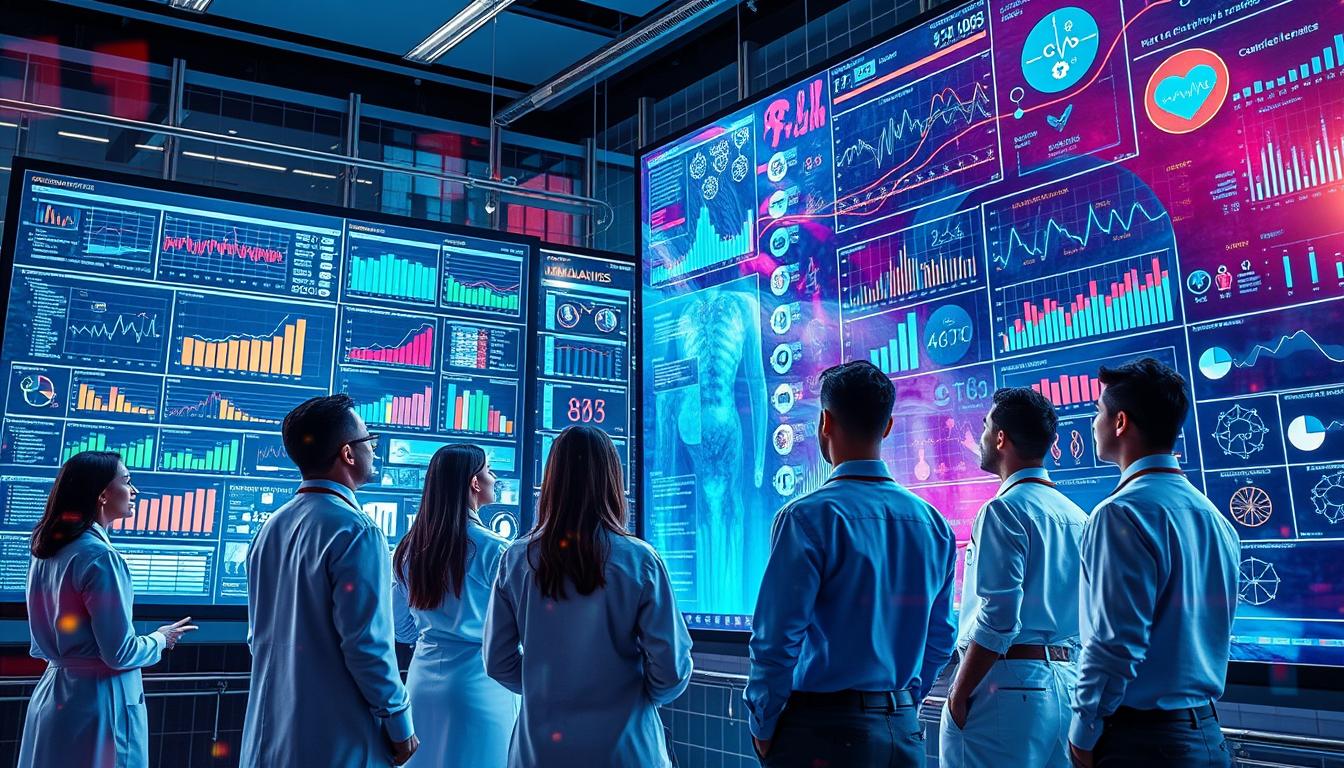

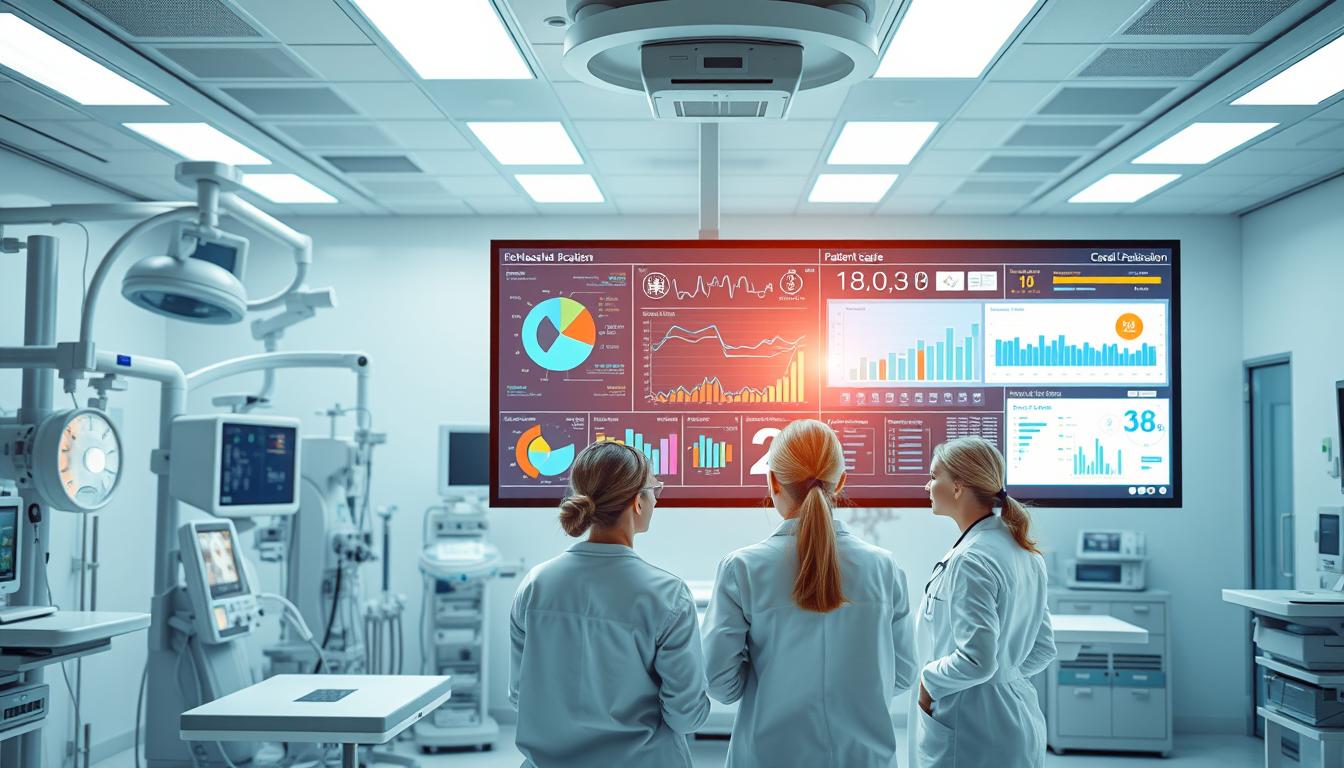


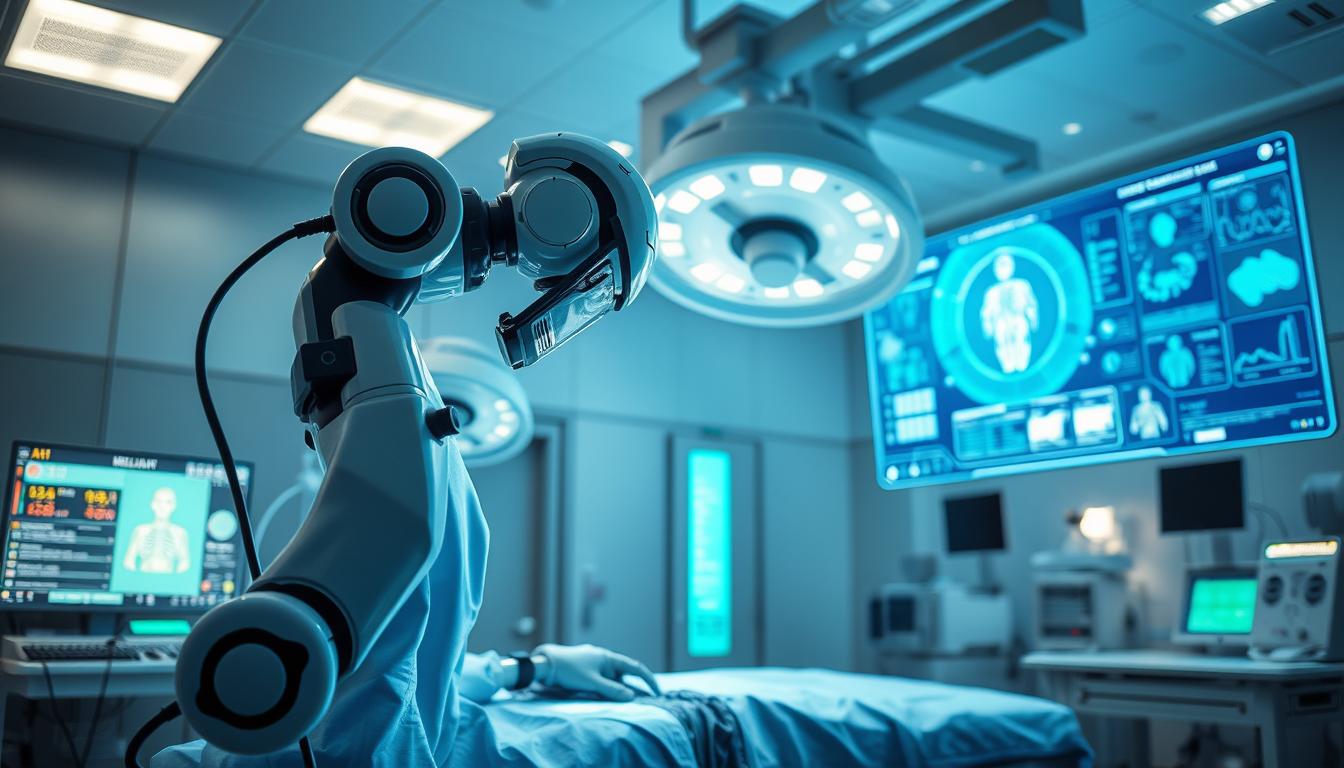
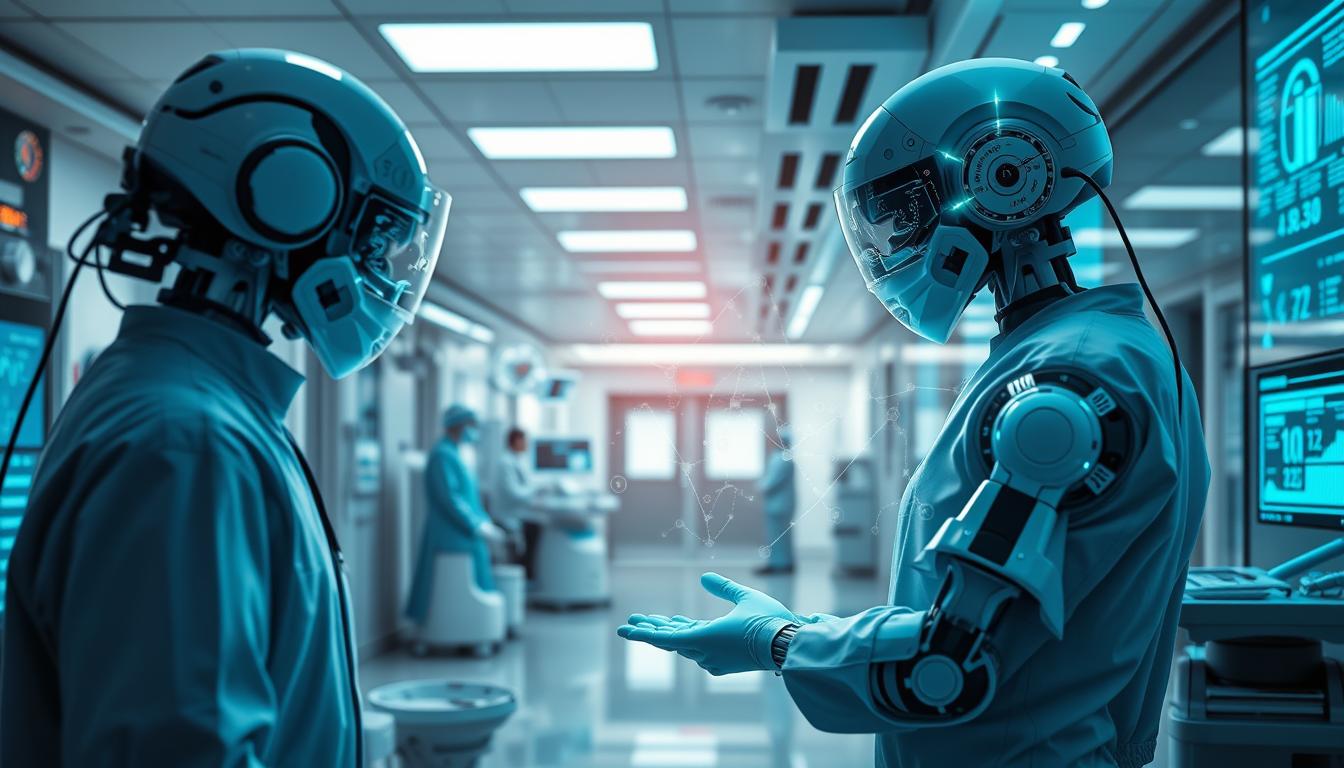



Leave a Reply